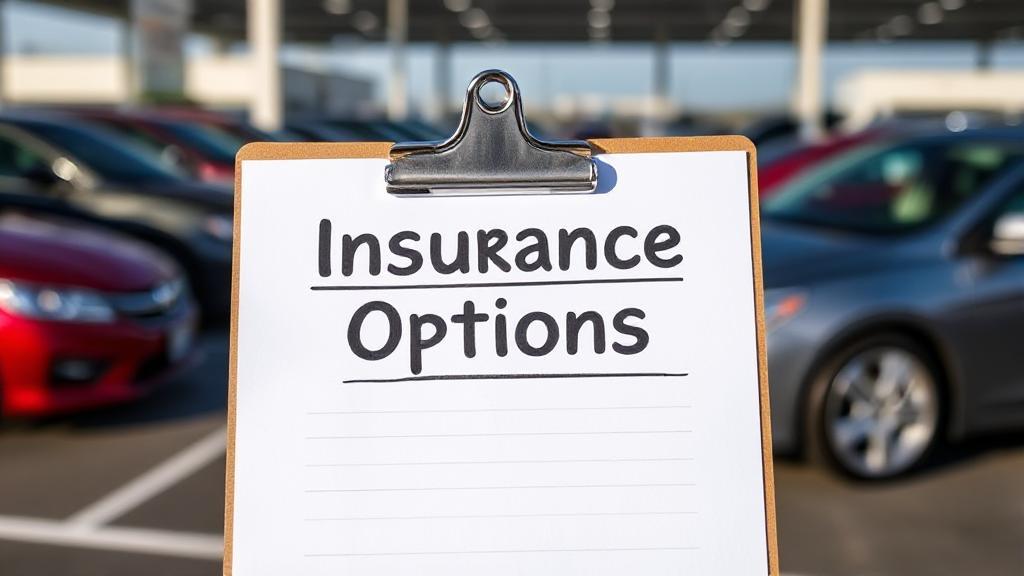What is Gap Insurance?
Gap insurance, or Guaranteed Asset Protection insurance, is designed to cover the difference between the amount you owe on your car loan and the car's actual cash value (ACV) in the event of a total loss. This situation can occur if your car is stolen or totaled in an accident.
How Does Gap Insurance Work?
When you purchase a car, its value begins to depreciate immediately. If you have a loan or lease, you might find yourself owing more on the car than it is worth. In the event of a total loss, your standard auto insurance policy will typically only cover the car's ACV, leaving you responsible for the remaining balance on your loan. Gap insurance covers that "gap."
When Gap Insurance Makes Sense for Used Cars
High Financing Amounts
If you're financing a large portion of the purchase price with little money down (less than 20%), gap insurance might be worth considering. Used cars typically depreciate more slowly than new ones, but they still lose value over time.
Rolling Over Previous Loan Balance
If you've included negative equity from a previous car loan into your new used car purchase, gap insurance becomes more important. This situation immediately puts you "upside down" on the loan.
Luxury or High-Value Used Vehicles
Premium used vehicles often depreciate more rapidly than average cars, making gap insurance a prudent choice for these purchases.
When You Can Skip Gap Insurance
- If you made a substantial down payment (20% or more)
- When paying cash or taking a small loan
- If you've purchased a vehicle that holds its value well (check Kelley Blue Book for depreciation rates)
- When your loan term is 36 months or less
Cost Considerations
The cost of gap insurance varies but typically ranges from $200 to $700 for a one-time payment when purchased from an insurance company. Dealers often charge more, sometimes up to $1,000.
Pro Tip: Always compare gap insurance prices between your auto insurance provider and the dealership. Insurance companies typically offer better rates.
Alternatives to Gap Insurance
- New Car Replacement Coverage: Some insurance companies offer new car replacement coverage, which might be more suitable for certain used car purchases.
- Loan/Lease Payoff Coverage: This option typically covers a percentage (usually 25%) of your car's actual cash value on top of your collision or comprehensive claim.
- Higher Down Payment: Making a larger down payment can reduce your loan-to-value ratio, decreasing the need for gap insurance.
- Shorter Loan Term: Opting for a shorter loan term can help you pay off the loan faster, reducing the risk of being upside down.
Important Considerations
Duration of Coverage
Gap insurance is typically only needed until:
- Your loan balance is less than the car's value
- You've paid off at least 50% of your loan
- You've had the loan for 2-3 years
Where to Purchase
Best options include:
- Your current auto insurance provider
- Independent insurance agencies
- Credit unions
- Online insurance providers
For more detailed information, you might want to check out resources like the Insurance Information Institute or the National Association of Insurance Commissioners website, or consult with your insurance provider to see if gap insurance is right for you.
